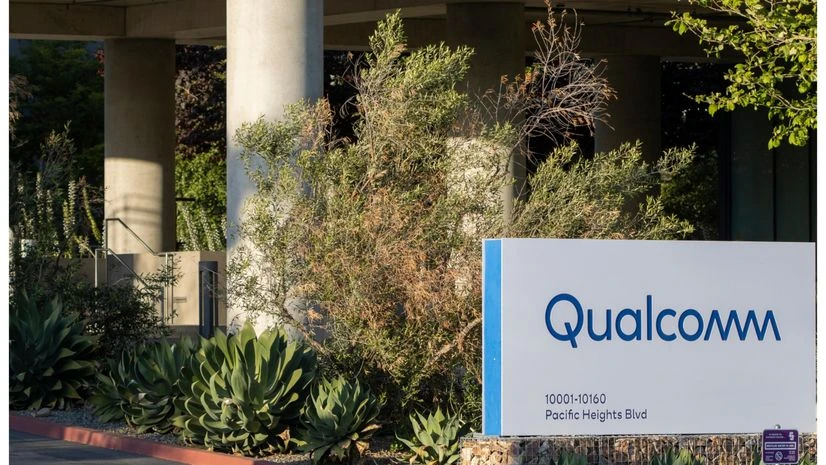The mobilephone ecosystem is pretty good to support enhanced telecom services in 600 megahertz spectrum band, a senior official of chip company Qualcomm Technologies said.
The smartphone ecosystem will become more premium by the time India decides to make these radio waves available for use, said Durga Malladi, Senior Vice President & General Manager, Technology Planning & Edge Solutions, Qualcomm Technologies.
"It's pretty good, actually. Our transceivers already go all the way down to 600 megahertz. So for us, we don't have a problem there, and we are like open to business in any part of the world," Malladi said during a discussion on the support available in Qualcomm chipsets for 600 Mhz band.
Qualcomm chipsets are majorly used in premium smartphones.
According to market research and analysis firm Counterpoint Research, Qualcomm led the chipset segment globally with 38 per cent in terms of revenue share in the second quarter of 2024.
Also Read
During 2022 spectrum auction, the Indian government had put airwaves up to 40 megahertz frequency in the spectrum band of 600 Mhz but failed to find any bidders mainly due to lack of device ecosystem to support the services in that band.
The government did not include 600 Mhz band in the subsequent spectrum auction that was held in June 2024.
Malladi said that the 600 megahertz band is a prime time real estate in the US and is used for the nationwide coverage by T-Mobile -- a telecom service provider in that country.
"Historically, 600 megahertz has not been used in many countries. In the US, it is used quite a lot. There are decisions pending across the world, but for us, we are ready for business because we designed the transceivers to actually accommodate that," he said.
It is estimated that a single mobile tower in 600 Mhz band can emit mobile signals up to 65 kilometres compared to around 25 kilometres in case of 700 Mhz band which BSNL and Reliance Jio have.
The signal transmitted in 1,800 Mhz band, popularly known as 2G spectrum, and was later widely used for 4G, is estimated to cover only 2.5 kilometres.
The mobile services in 600 Mhz band are expected to improve signals inside buildings without the need for any booster or amplifier.
Counterpoint Research vice president for research Neil Shah said there are no mobile phones available in India at present that support services in 600 Mhz band.
"Adding support for additional band will take some time to build a meaningful base of devices from smartphones to CPE to IoT with 600 MHz support," he said.
However, in the US, the 600 MHz support has matured with multiple devices across price points integrating it.
"The support for 600 MHz will proliferate across other markets over the decade and India supporting it will drive considerable scale for the ecosystem," Shah said.
He further said that adding lower frequency bands to the ecosystem will definitely have advantages from coverage, power and battery life perspective, albeit will lead to lower throughputs, higher latencies from the 5G standard and warrant some redesign in terms of radio frequency components, which could increase the devices' cost marginally.
"But in long run, having a full range of spectrum support from sub-750 MHz to sub-30 Ghz will drive in balance between coverage, capacity and throughputs for the telco as well as the mobile users. Further, there is significant opportunity for 600 MHz for 5G or 5G RedCap IoT applications in future from smart meters to telematics, which warrants good coverage but not necessarily higher throughputs," Shah said.
(Only the headline and picture of this report may have been reworked by the Business Standard staff; the rest of the content is auto-generated from a syndicated feed.)

)